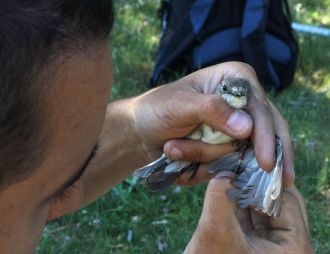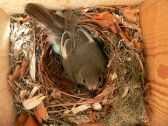
Bibliography
See allExperimental pyrethroid treatment underestimates the effects of ectoparasites in cavity-nesting birds
Nest-dwelling ectoparasites may result in costs for nestlings of cavity nesters in terms of compromised growth and condition before fledging. The reduction or elimination of nest ectoparasites to study their effects on avian hosts is usually performed by chemical methods using insecticides, many of which are based on pyrethroids. However, treatment with pyrethroids may have negative effects itself, thus affecting the reliability of the results obtained. In this study we analysed the differences between a group of fumigated Pied Flycatcher (Ficedula hypoleuca) nests and a heat-treated group, both rendered ectoparasite free by these treatments. We also compared these ectoparasite-free nests with a control group with natural ectoparasite loads. We found that treatment with pyrethroids reduced nestling growth. Also, this effect was accompanied by a reduction of glutathione levels (an intracellular antioxidant frequently used as a marker of toxicity) both in nestlings and females of fumigated nests. These results indicate that fumigation with pyrethroids in ectoparasite load reduction experiments may introduce undesired systematic variability associated with toxicity, leading to underestimation of the effects of ectoparasites on avian hosts.
The results of this research have been published in the journal Ibis, within an article signed by Jimena López-Arrabé, Alejandro Cantarero, Lorenzo Pérez-Rodríguez, Antonio Palma and Juan Moreno, entitled "Experimental pyrethroid treatment underestimates the effects of ectoparasites in cavity-nesting birds due to toxicity ". The PDF is available on the left-side panel of this page.









